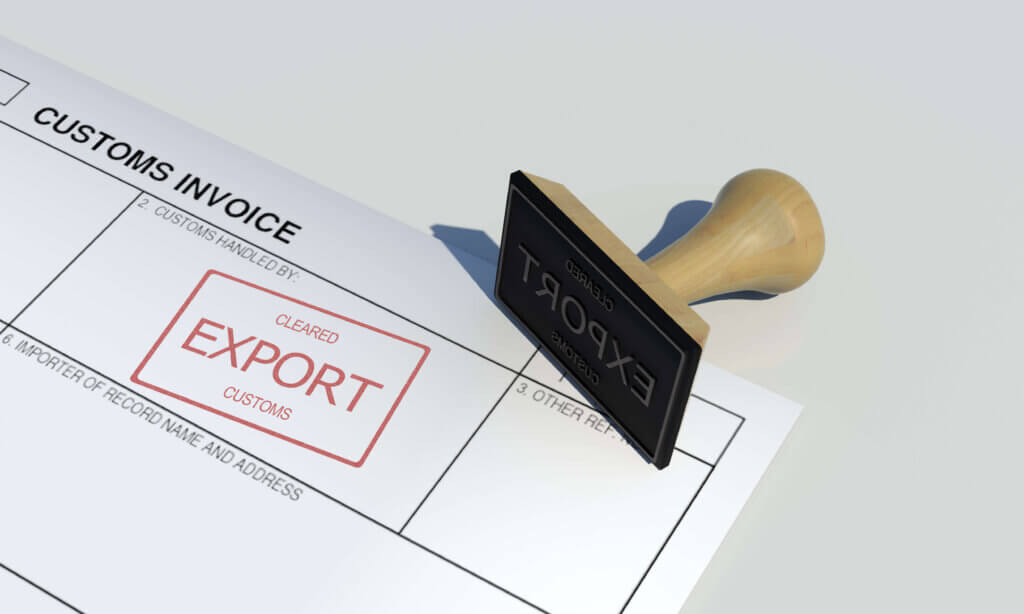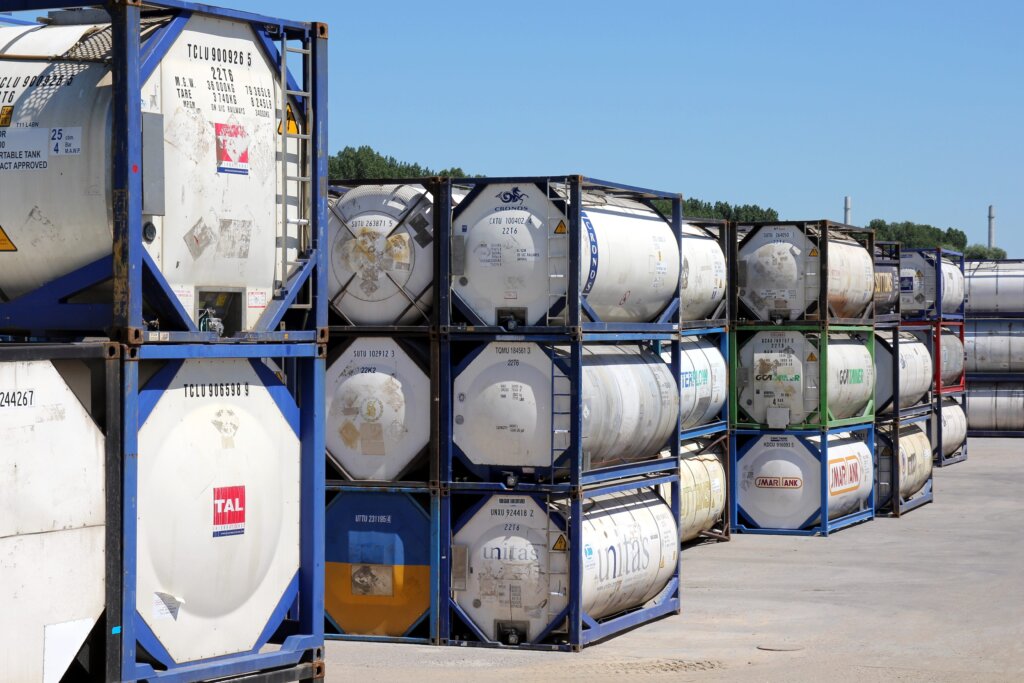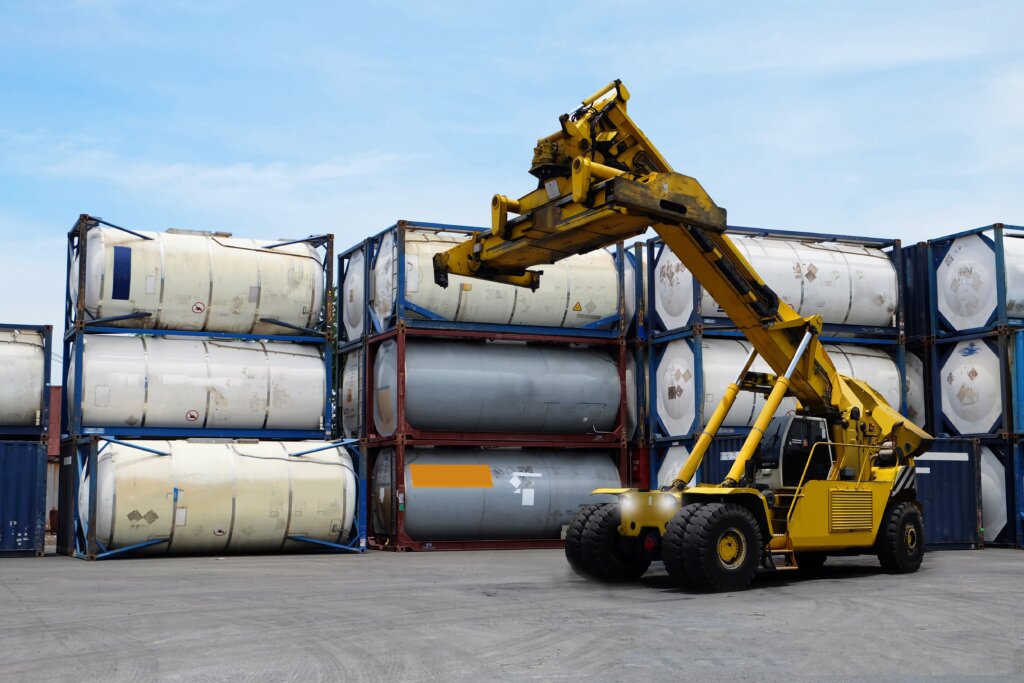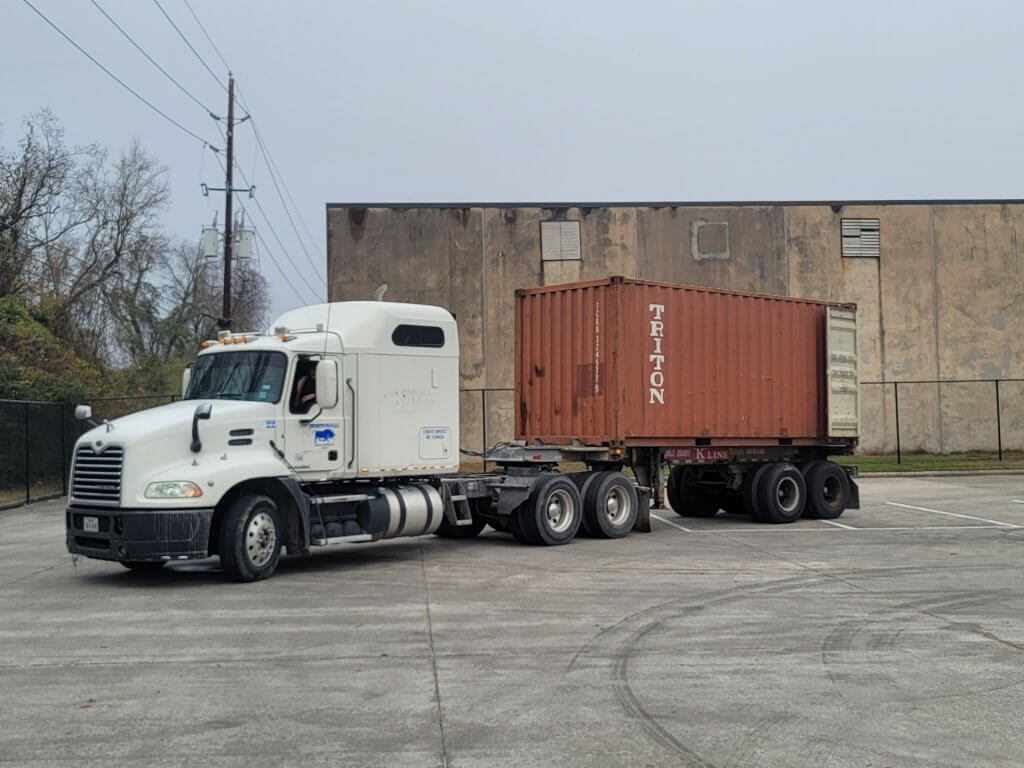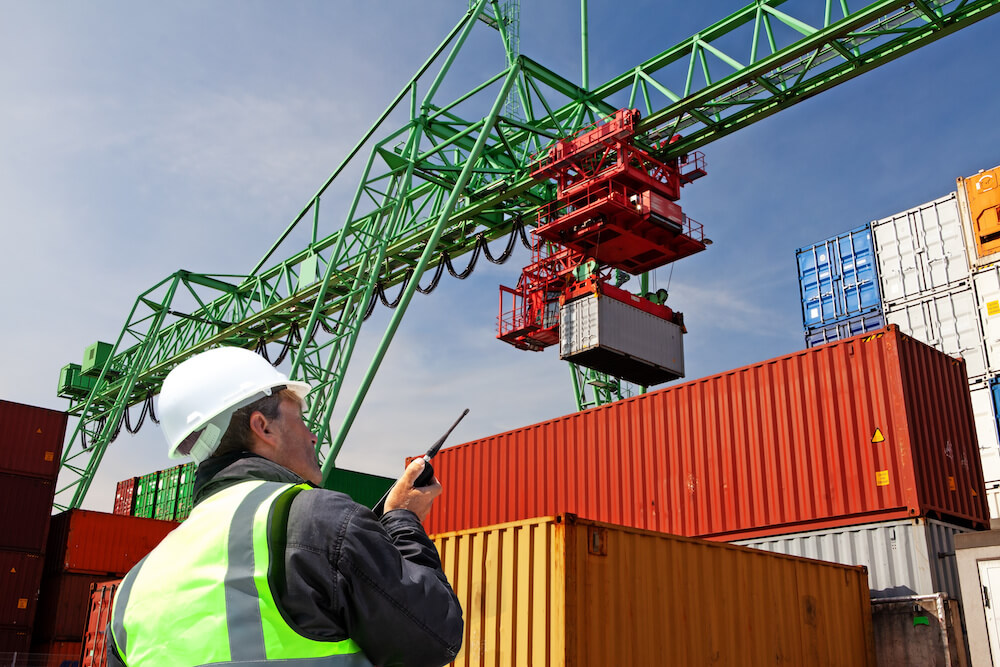A tank container remains the most efficient means of transporting fluids, gases, and various hazardous materials. Thus, finding the most suitable container type is an essential aspect of logistics. Today, professionals have become heavily reliant on tanks that meet the required specifications of the International Standard Organization.
These tanks, typically called ISO tanks, are fashioned from stainless steel with a protective layer surrounding them, making them suitable for both hazardous and non-hazardous fluids. But just how much does an ISO tank hold?
Typically, the nominal capacity of an ISO tank range from about 21,000 to 26,000 liters. However, other dimensions determine an ISO tank’s capacity, which we will explore further.
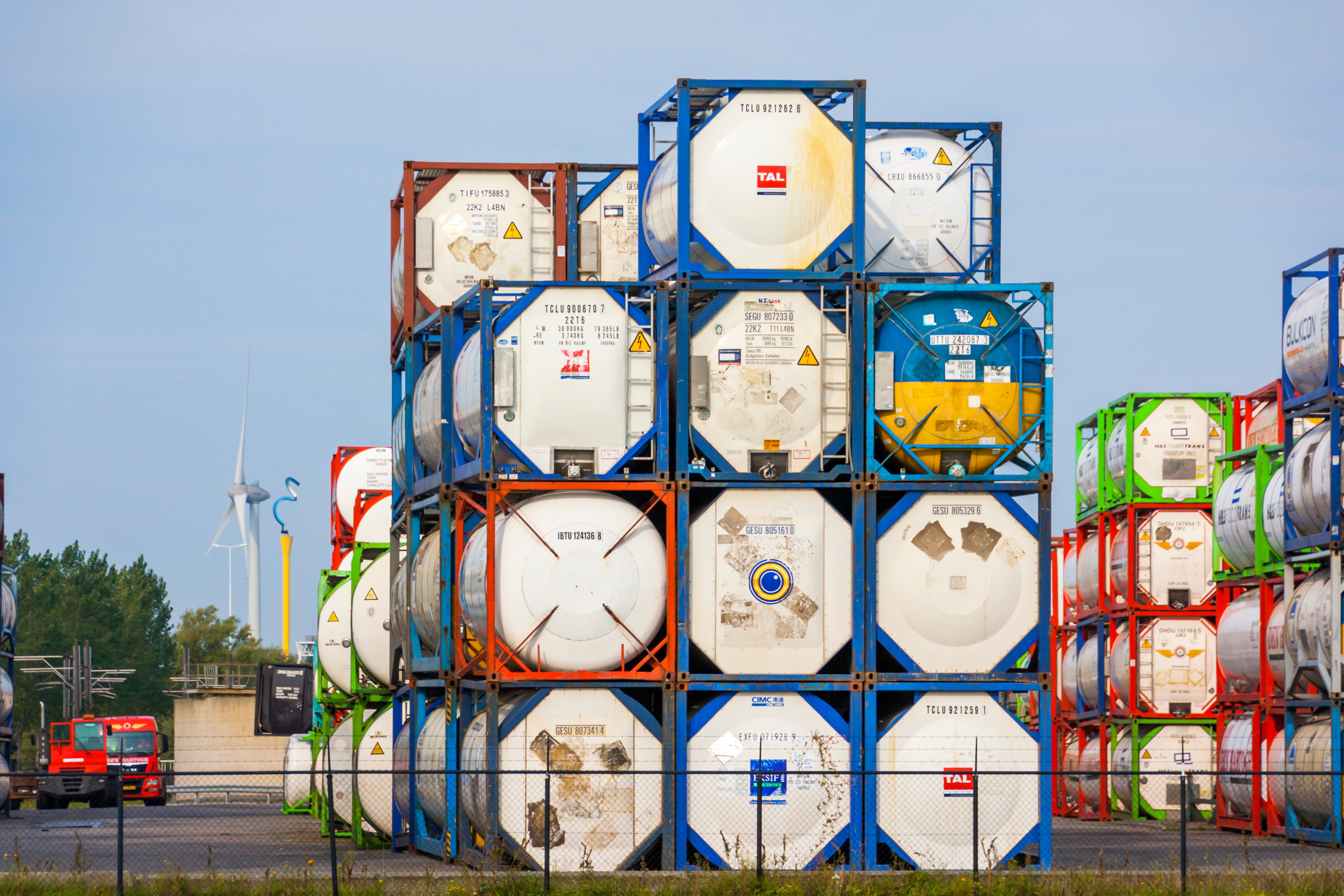
ISO Tanks Certification
ISO certification represents a globally acknowledged standard applicable to various businesses to ensure they consistently meet high standards. In the context of a shipping container, the ISO certification incorporates size standardization, strength, and durability compliance. Additionally, ISO containers should also include a Container Safety Certificate, which indicates the container has passed specific tests and met minimum standards for capacity, weight, and resistance.
Specification
Aside from the capacity, dimension, and resistance level, ISO standards also specify that a protective frame must surround the tank. A tank with a 20ft protective frame typically has a capacity of about 21,000 liters of fluid. The frame dimension also includes an 8ft length and about 8.6ft height.
The specification above represents a container’s overall international standard dimension for moving hazardous and non-hazardous fluids in bulk. Nonetheless, there are other ISO tanks with slightly bigger nominal capacities, tare weight – the weight when empty, and max payload.
- 24,000liters: They have a tare weight of 3,900kg, a max cargo temperature of 120-degree celsius, and a maximum payload of 32,100kg.
- 25,000liters: They have a slightly lower tare weight of about 3,730kg and a max payload of 32,270kg.
- 26,000liters (baffle): ISO baffle tanks with separate compartments come with a tare weight of 4,060kg and a max payload of 31,940kg. The maximum cargo temperature is 130-degree celsius, the same as the 25,000 liters tank.
Aside from the capacity, tare weight, and max payload, all other dimensions of an ISO tank follow a specific standard. They all have a discharge outlet at the bottom, a max gross weight of about 36,000kg, 6.00Bar test pressure, and 4.00Bar working pressure.
Lining
ISO tanks also feature protective lining that serves as an extra shield against highly corrosive acids such as hydrochloric acid.
Types Of ISO Tanks
Special containers like ISO tanks also come in various types, all of which are suited for specific fluids. Hence, before buying or renting one, you should recognize the types and their particular use.
- T1 ISO tank container: Wine and other light liquids
- T4 ISO tank container: Non-hazardous edible fluids and non-edible oils
- T11 ISO tank container: Non-hazardous chemicals
- T14 ISO tank container: Hazardous chemicals and corrosive acids
- T50 ISO tank container: Normal gases
- T75 ISO tank container: Low-temperature gases (cryogenic gases)
- Rubber-lined tanks: Acid-based chemicals
- Food-grade tanks: Food-grade products
- Reefer tanks: Food and chemicals
- Gas tanks: Ideal for all gases, regardless of the temperature
Transport Your Fluids In Bulk Through Total Connection
Total Connection offers quality services for shipping any liquid cargo in bulk across the United States and beyond. We transport your shipment through our rich network of shipping lines, carriers, containers, and storage facilities.
Explore our services today by filling up the brief quote below, and our representative will reach out to you as soon as possible.

